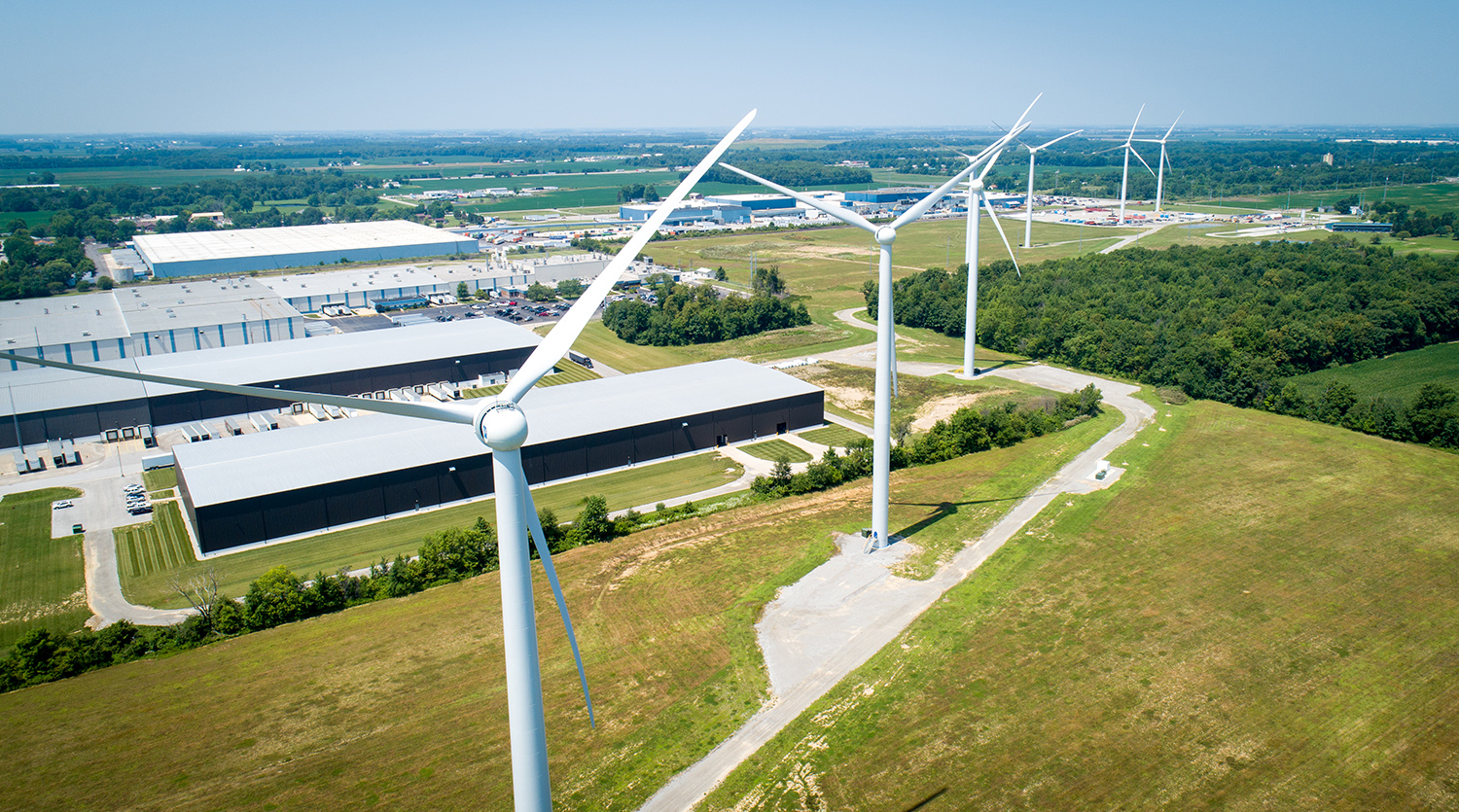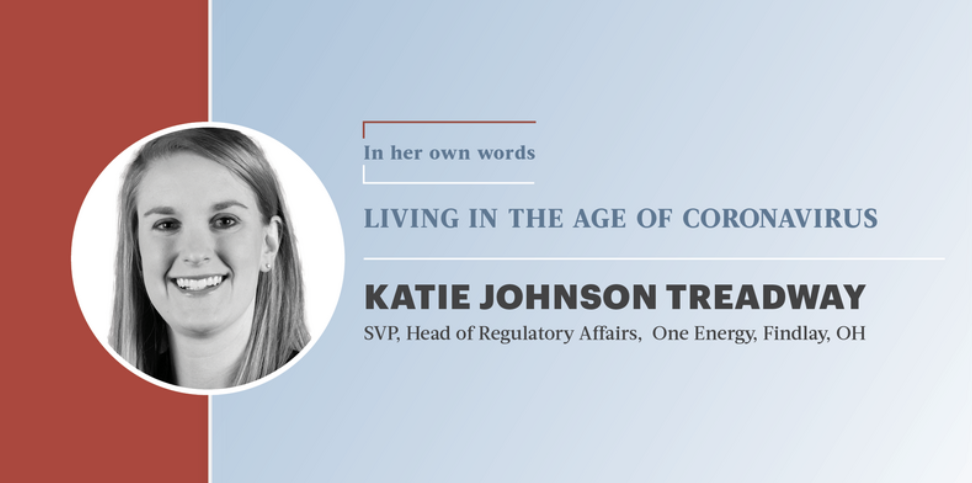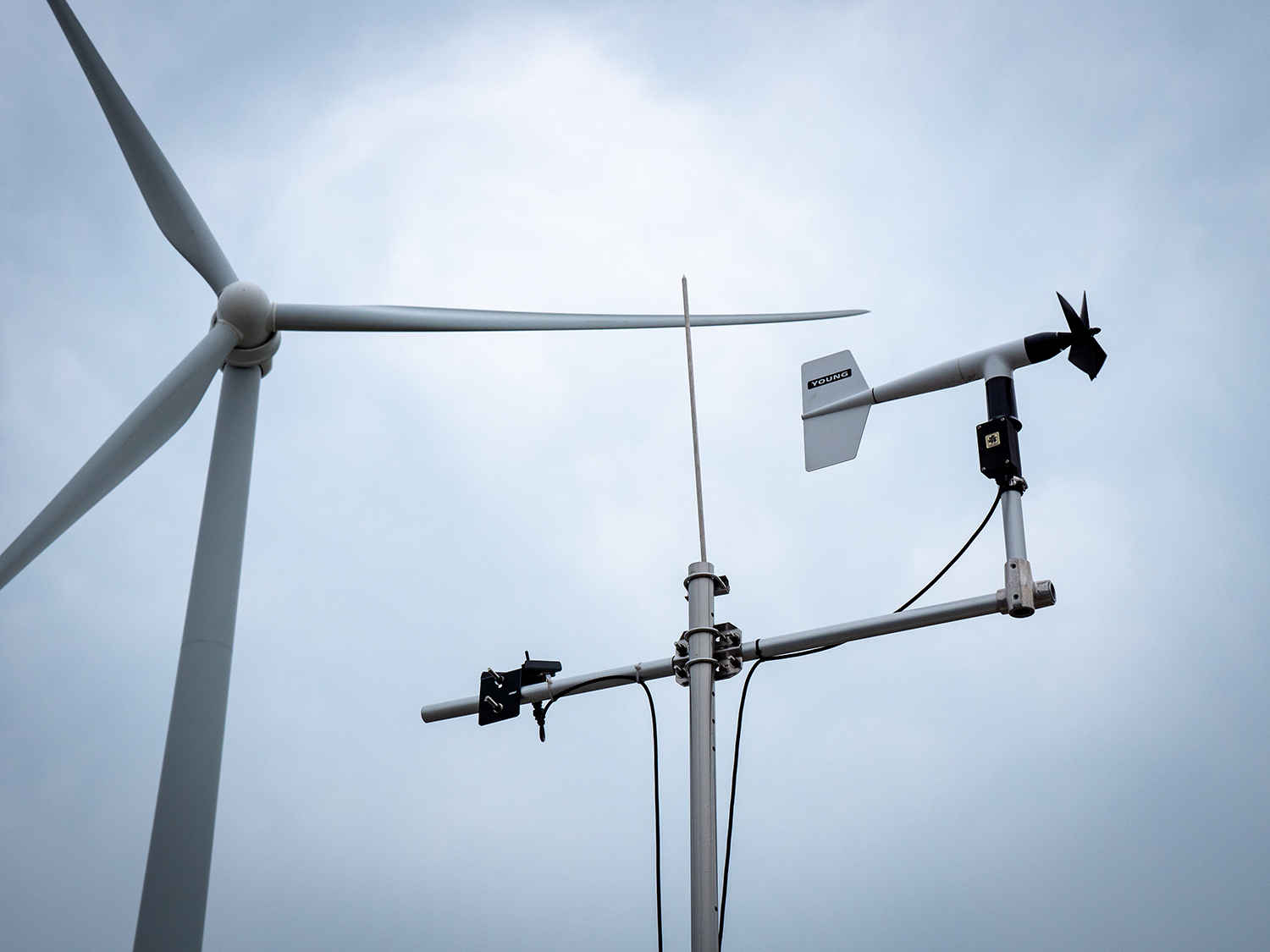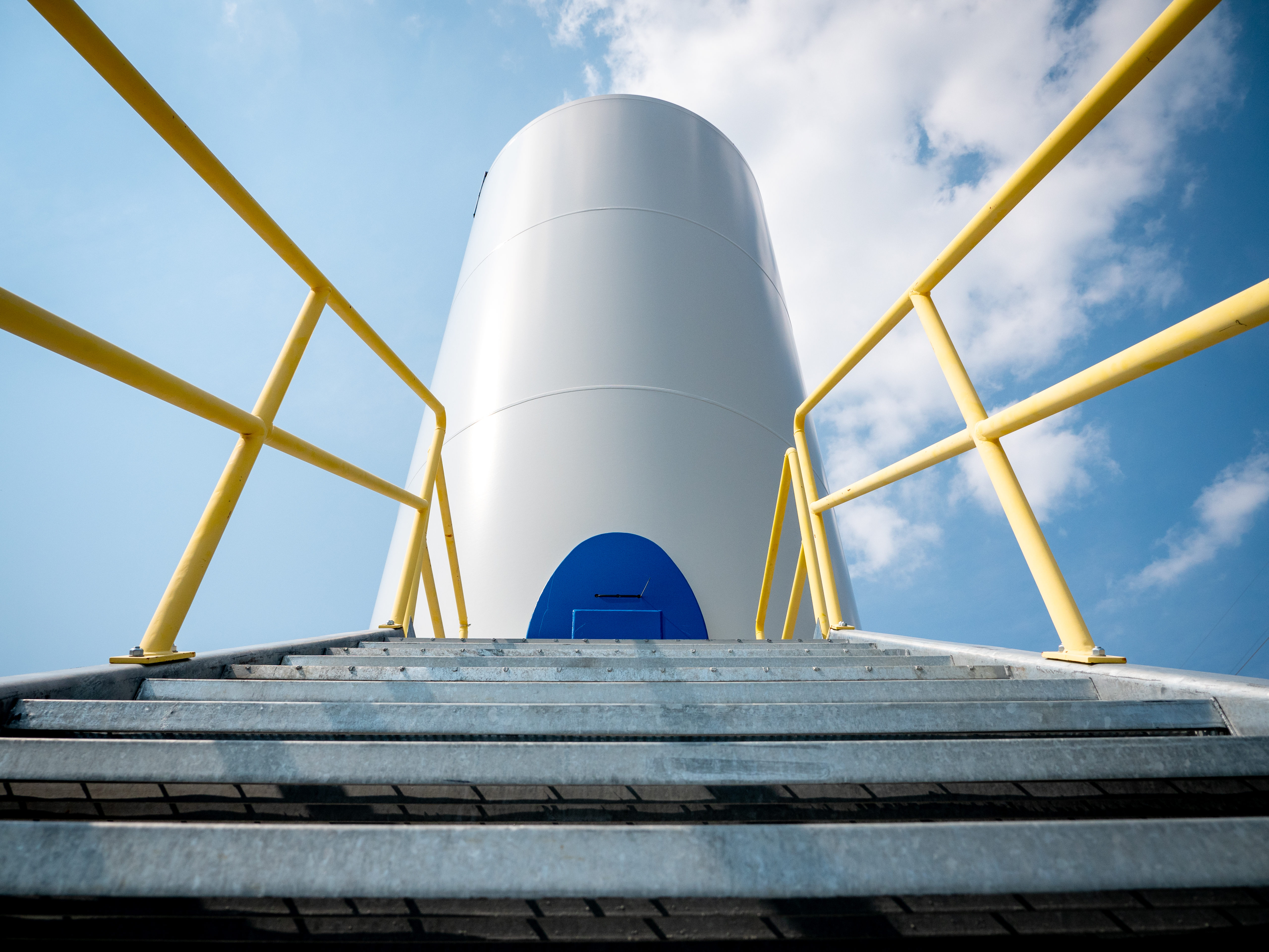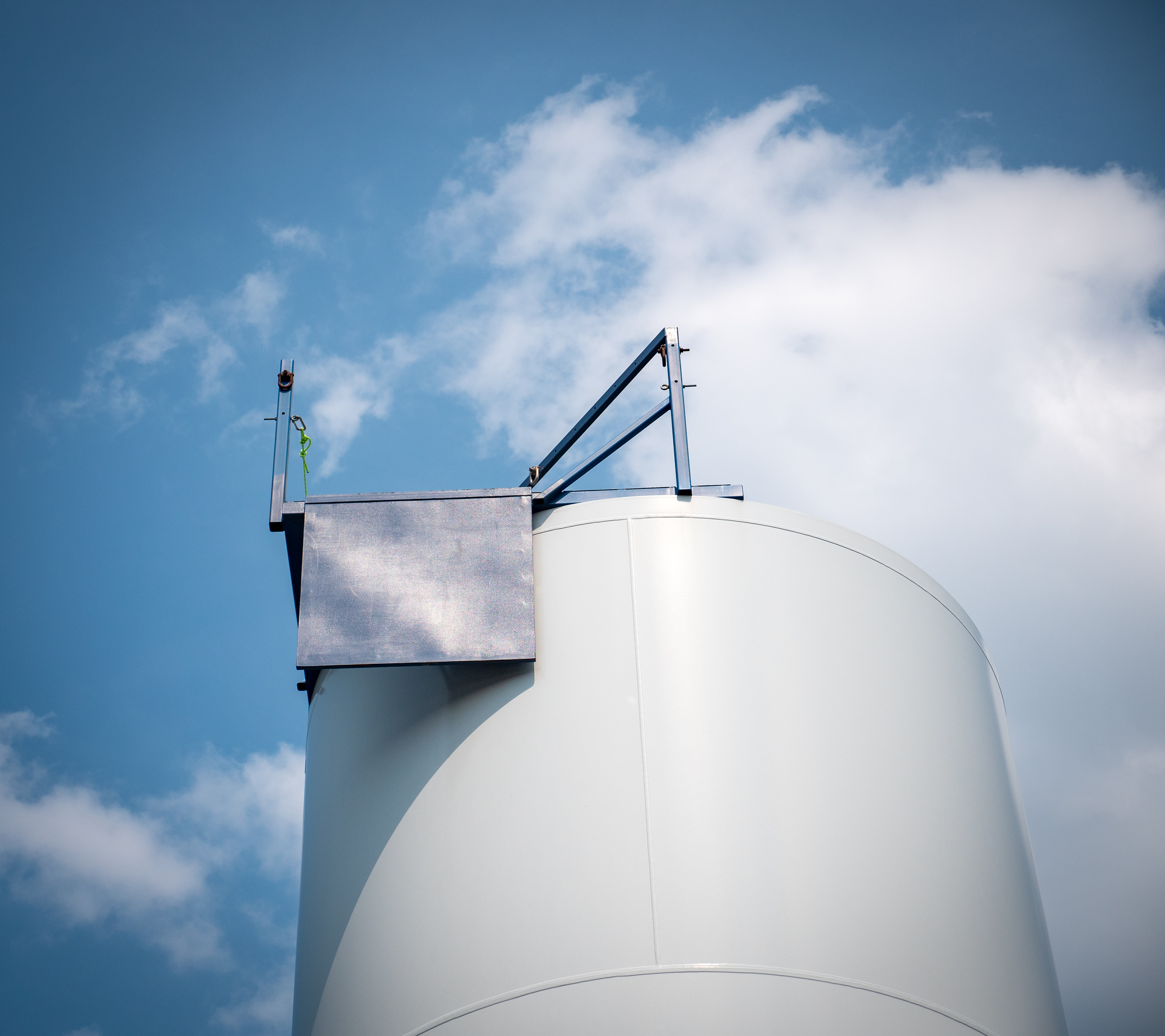Lately I have heard a lot of discussion about “leader-doers” and the benefits they bring to a company. In fact, just a few weeks ago another member of the executive team at One Energy wrote about this very topic.
So, what are leader-doers? To put it simply, they are people who are responsible for both the functions of a leader, such as managing a team and guiding the strategic vision of the company, and also for completing daily tasks and functions, such as writing reports, creating financial models, and writing contracts.
Many companies have leadership teams that consist of leader-doers, and it can be very beneficial. For example, leader-doers know how to do most of their team’s activities, so they can help employees avoid pitfalls in tasks they are completing. They also tend to be more in touch with the day-to-day experiences of their team and the company.
But not all is rosy when it comes to being a leader-doer. While this leadership style has many benefits, there is a negative underside to the leader-doer; it’s what I call the “leader-do-too-much-er.”
The leader-do-to-much-er has so many daily tasks on their plate that it becomes difficult to both complete those items and have time to manage employees and work on the strategic vision of the company (at least in a timely manner).
There are some serious risks to leaders at a company being leader-do-too-much-ers. First, if a leader has constant deadlines to meet, the urgent ends up taking priority over the necessary or important. This can lead to tasks or big-picture thinking taking a back burner to pressing daily or weekly deadlines.
Second, it can make it increasingly hard to delegate tasks to others. If a leader is so busy getting things done or responding to the urgent matter of the day, it becomes very easy, and sometimes faster, to just complete the task, rather than delegating or training others to take them over.
Third, it can lead to the leader-do-too-much-er slowing down the progress of the rest of the team. If the leader-do-too-much-er has too much on their plate to keep up with the pace that others who have smaller scopes of work, it will drag down the pace of the entire team.
And finally, structuring a company with leader-do-too-much-ers can ultimately cause leaders to burn out. Leaders, like everyone else, can only operate at a high level and intense pace for so long before burnout occurs.
So, what is a company to do? I believe there are three main ways to deal with the issue of the leader-do-too-much-er. First, companies can separate the leaders from the doers. They can have leaders who lead teams and guide strategic vision, but who are not responsible for day-to-day tasks that are core to the functioning of the business. This is probably the simplest way to address the issue of a leader-do-too-much-er, because it creates a clear demarcation in roles and leaves leaders ample time for leading and strategizing. However, the problem with this is that it creates additional overhead and a level of pure “management” that may end up out of touch with employees.
Second, you can have your leadership team be leader-doers, while putting up safeguards to prevent them from becoming leader-do-too-much-ers. This includes looking at the tasks the leader-doer is being asked to complete and trying to determine whether they are reasonable or need to be whittled down or narrowed in scope. It involves taking a hard look at whether other team members can take over some of the tasks of the leader-do-to-much-er. It also includes looking at how much effort the leader-doer must put forth to complete (or attempt to complete) what they are responsible for, and asking yourself, “is this sustainable?”
A third way of approaching the issue is a combination, where some leaders are solely responsible for big picture leadership issues and others are leader-doers.
The second two approaches (establishing safeguards, and a combination of big picture leaders and leader-doers) may enable you to strike the best of both worlds, but they require the hard work and taking the time to evaluate the company’s leadership team and the roles they inhabit. But regardless, at the end of the day, you owe it to your employees and company to put the time and work into guarding against leader-do-too-much-ers. The risks are too high not to.
Katie Johnson Treadway is the Head of Regulatory Affairs at One Energy.
Learn more about Katie and the One Energy team.



























